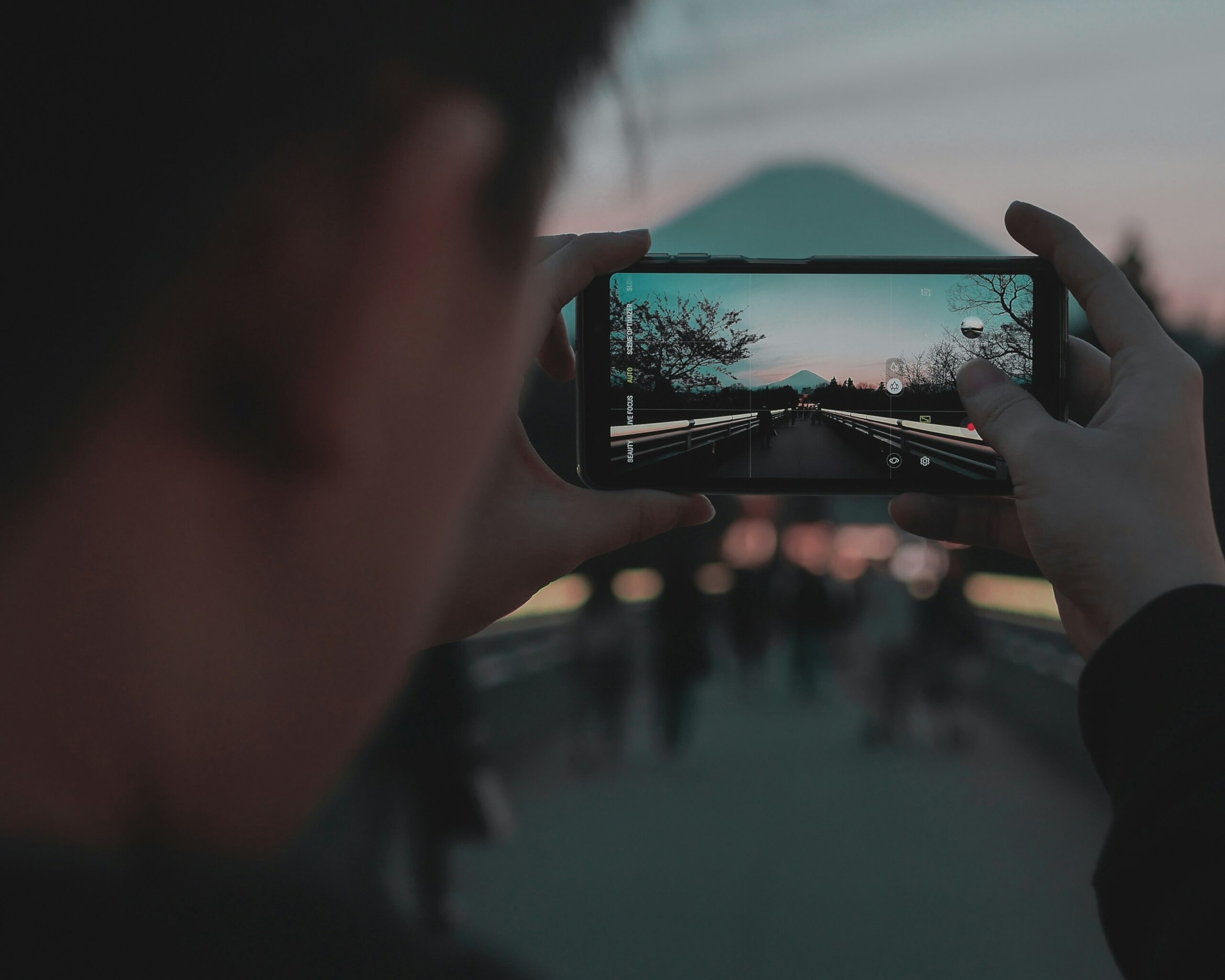
In today’s digital age, smartphone photography has become more than just snapping pictures—it’s an art form. With the power of modern mobile cameras, you can capture stunning images that rival traditional photography. Whether you are a casual user or aspiring content creator, applying simple techniques can drastically enhance your photos. This article offers actionable tips to elevate mobile images and transform ordinary snapshots into visual masterpieces.
Understand Your Smartphone Camera
The first step in improving your photography is understanding your device. Most smartphones come with multiple lenses and advanced settings, but many users rarely explore these features. Transitioning from auto mode to manual controls allows you to adjust exposure, focus, and shutter speed for better results.
Experimenting with your camera settings unlocks creative potential. For instance, using the portrait mode emphasizes subjects while blurring the background. HDR mode enhances dynamic range, balancing bright and dark areas. By knowing the strengths of your smartphone camera, you gain complete control over every shot, resulting in higher-quality images.
Master Composition Techniques
Composition plays a crucial role in mobile photography tips. The rule of thirds, leading lines, and framing are simple yet powerful tools. Imagine dividing your screen into a three-by-three grid and placing subjects along these lines. This approach creates balance and draws the viewer’s eye naturally.
Additionally, paying attention to angles can elevate your mobile images. Shooting from low angles makes subjects appear larger, while overhead shots provide a unique perspective. Always look for patterns, symmetry, and negative space to add depth and interest to your photographs.
Optimize Lighting for Stunning Photos
Lighting can make or break a photo. Natural light is your best friend in smartphone photography, but learning to manipulate it further enhances your shots. Soft, diffused light from windows or overcast skies reduces harsh shadows and highlights details.
Shortly after sunrise or before sunset, Golden hour adds warmth and richness to images. When natural light is limited, smartphone flash or external LED lights help illuminate subjects without creating overexposed areas. Understanding light and shadow enables you to capture professional and visually appealing images.
Focus on Detail and Texture
High-quality smartphone photography captures fine details and textures that elevate mobile images. Transitioning your focus from overall scenery to small elements like leaves, fabrics, or reflections adds dimension to your shots. Use your smartphone’s tap-to-focus feature to sharpen specific subjects and blur backgrounds for a striking effect.
Close-up photography encourages experimentation with depth of field. Your subject stands out by intentionally blurring the background, drawing immediate attention. Paying attention to details ensures that every photo tells a story, engages viewers, and leaves a lasting impression.
Explore Editing and Post-Processing
Editing is essential to elevating mobile images. Built-in smartphone apps or third-party tools like Lightroom and Snapseed offer powerful features to enhance brightness, contrast, saturation, and sharpness.
However, avoid over-editing, which can make images appear unnatural. Subtle adjustments enhance color, correct exposure, and highlight textures while maintaining authenticity. Experiment with filters and cropping techniques to create visual consistency in your photography portfolio. Post-processing allows you to perfect your images without losing the spontaneity of capturing moments.
Experiment with Angles and Perspectives
Creativity shines when you try unconventional angles. Shooting from high above, low below, or through reflections can dramatically improve mobile photography. Changing your perspective transforms ordinary subjects into compelling visuals.
Moving closer or further away from the subject alters perception and creates new visual effects. Transitioning between wide-angle shots and close-ups adds variety to your portfolio. The more you experiment, the more you discover unique ways to make your photos stand out.
Utilize Accessories for Better Results
Accessories like tripods, lenses, and stabilizers enhance your smartphone photography experience. A tripod lets you capture long-exposure shots without blur, while clip-on lenses expand your creative possibilities with macro and wide-angle perspectives.
Moreover, using a remote shutter or timer ensures sharp, steady images. These tools are not mandatory but effortlessly provide professional results. Combining accessories with your skills ensures your photos are consistently high-quality and visually engaging.
Practice Consistently and Analyze
Consistency is key to mastering smartphone photography. Take photos daily, analyze what works, and identify areas for improvement. Study composition, lighting, and editing techniques in your favorite images, and try to replicate their effects with your style.
Joining online communities or photography challenges provides constructive feedback and inspiration. The more you practice, the more confident you become in capturing moments creatively and skillfully. Regular practice helps you understand your camera, refine your vision, and elevate your mobile images over time.
When approached with creativity, knowledge, and intention, smartphone photography offers limitless potential. You can transform ordinary snapshots into stunning visuals by understanding your camera, mastering composition, optimizing lighting, and exploring editing. Experimenting with angles, using accessories, and practicing consistently ensures continuous improvement.
Ultimately, elevating your mobile images comes down to combining technical skills with artistic vision. Every moment holds the potential for a captivating photo—pick up your smartphone, apply these tips, and watch your photography skills flourish.